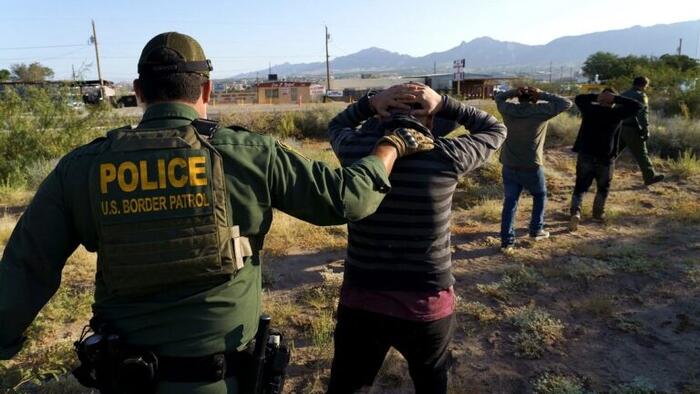In a somber assessment of America’s security landscape, Brandon Smith likens U.S. security in 2024 to a precarious dam built by foreign hands and held together with flimsy materials. He suggests that the public remains blissfully unaware of the vulnerabilities in the current security system, operating on blind faith that these weaknesses won’t be exploited. Smith identifies the looming risks for the coming year, especially as concerns mount about potential large-scale attacks in 2025. He posits that while Donald Trump’s presidency could result in much-needed corrective measures for the nation’s immigration policies, it may also provoke retaliatory attacks, either from domestic or foreign actors.
Smith argues that the policy of open borders has created a dangerous infiltration environment. The Department of Homeland Security (DHS) led by Alejandro Mayorkas reveals a shocking statistic: over 85% of illegal immigrants apprehended at the southern border are released into the United States, with many of them having criminal backgrounds—around 400,000 known criminals and 13,000 convicted murderers. While data on terrorists and foreign agents slipping through the cracks remains scant, Smith asserts that the sheer volume of unauthorized entries presents an inevitable threat of a terror attack. He expresses concern that mass deportations initiated by a potential Trump administration could provoke violence among those feeling entitled to inhabit the U.S. despite their illegal entry.
In addition to domestic vulnerabilities, Smith highlights the international geopolitical climate, exacerbated by ongoing conflicts such as the war in Ukraine and escalating tensions in the Middle East. He articulates that without U.S. involvement, many of these regional crises would likely resolve more swiftly. Foreign adversaries are cognizant of America’s weakened state and the open southern border, which presents an enticing opportunity to exploit. Smith cautions about the risk of false flag operations designed to mislead public perception and align blame toward perceived enemies, noting the troublesome alliance between progressive elites and foreign antagonists seeking conflict.
Smith proceeds to address the political landscape post-election, framing a conservative victory as inheriting the numerous crises left behind by the Biden administration. He raises alarms about activist leftists seeking to create chaos to delegitimize conservative governance. He believes they may employ intimidation tactics, as evidenced by previous riots and societal unrest following political defeats. His grim forecast is that such actions will escalate into more organized forms of political violence, invoking historical examples like the Weather Underground. He identifies four impending threats fueling potential instability in 2025, which include organized crime, foreign infiltration, domestic leftist violence, and manipulative elite agendas.
The author concludes by emphasizing the need for a robust community response to potential crises—suggesting that local engagement and participation will be crucial. He warns against succumbing to authoritarian measures like martial law, which he suggests could compromise civil liberties. Instead, Smith advocates for immediate border security, mass deportation of illegal immigrants, and de-escalation of foreign military engagements. He underscores the importance of empowering local communities to prepare for emergencies, asserting that citizens may often be the first responders to terrorist events.
In light of these concerns, Smith implies that the best course of action for safeguarding national security lies in proactive measures aimed at restoring order and stability from the ground up. He stresses that, until America can address the fallout from years of mismanagement and redefine its security landscape, ordinary citizens will have to assume responsibility in defense and prepare for potential threats in an increasingly volatile geopolitical environment.

